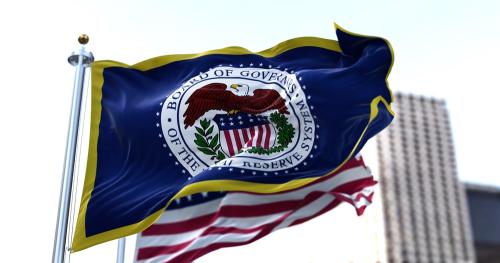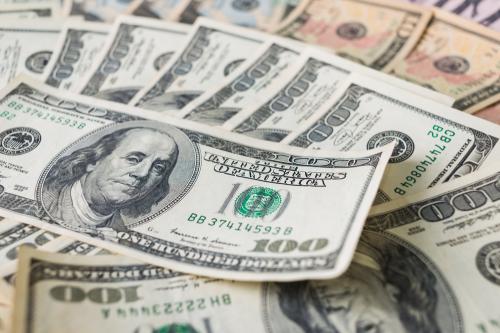When Federal Reserve Chair Janet Yellen spoke in Philadelphia on Monday, a lot of people listened for clues on when the Fed would next raise interest rates. (She didn’t give many, though nothing she said changed the view, now widespread, that the Fed won’t raise rates next week.)
Less attention was paid to a section of Ms. Yellen’s speech highlighting “four areas of uncertainty [that] seem particularly salient at present.” It’s a list worth pondering because answers to the simple questions she posed will determine whether this year and next prove to be good ones for the U.S. economy.
Here’s a paraphrased and abridged version of Ms. Yellen’s Four Big Uncertainties:
1. Will U.S. domestic spending continue to keep the U.S. economy growing amid “fairly considerable global bumpiness”? Yes, she predicted. Then she mentioned two worrisome developments: the recent weak pace of business investment and last week’s disappointing jobs report.
2. How will the rest of the world economy perform? Financial stresses from abroad have eased, she said, but global investors’ appetite for risks can change abruptly, China faces “considerable challenges” and a UK vote on June 23 to leave the European Union “could have significant economic repercussions.”
3. Why has growth in U.S. productivity (the goods and services produced by each hour of work) been so weak? “Economists are divided,” she said. (Thanks a lot for that, Ms. Yellen.) She was more opinionated in her forecast, describing herself as “cautiously optimistic” that the pace of productivity growth will quicken. She blamed the recent distressing slow growth of productivity on lingering after-effects from the Great Recession and, in contrast to views expressed by Northwestern University economist Robert Gordon, a productivity pessimist, said that she sees “no obvious slowdown” in the pace of innovation.
4. How quickly will inflation move up to the Fed’s 2% target? “Over the next one to two years,” Ms. Yellen predicted, provided that oil prices don’t resume their downward trend and that the U.S. dollar does not rise “substantially.” But, with some concern, she noted the recent downward trend in inflation expectations among financial markets and in surveys of consumers and businesses. “If inflation expectations really are moving lower, that could call into question whether inflation will move back to 2% as quickly as I expect.”
There is nothing spectacularly original about these four points, but they succinctly capture the big macro-economic challenges the nation faces. And one can learn a lot from reading those passages in a Fed speech that deal with matters other than the timing of the next interest-rate increase.
Editor’s note: This piece originally appeared in The Wall Street Journal’s Washington Wire.



Commentary
Op-edJanet Yellen and the four big uncertainties
June 8, 2016